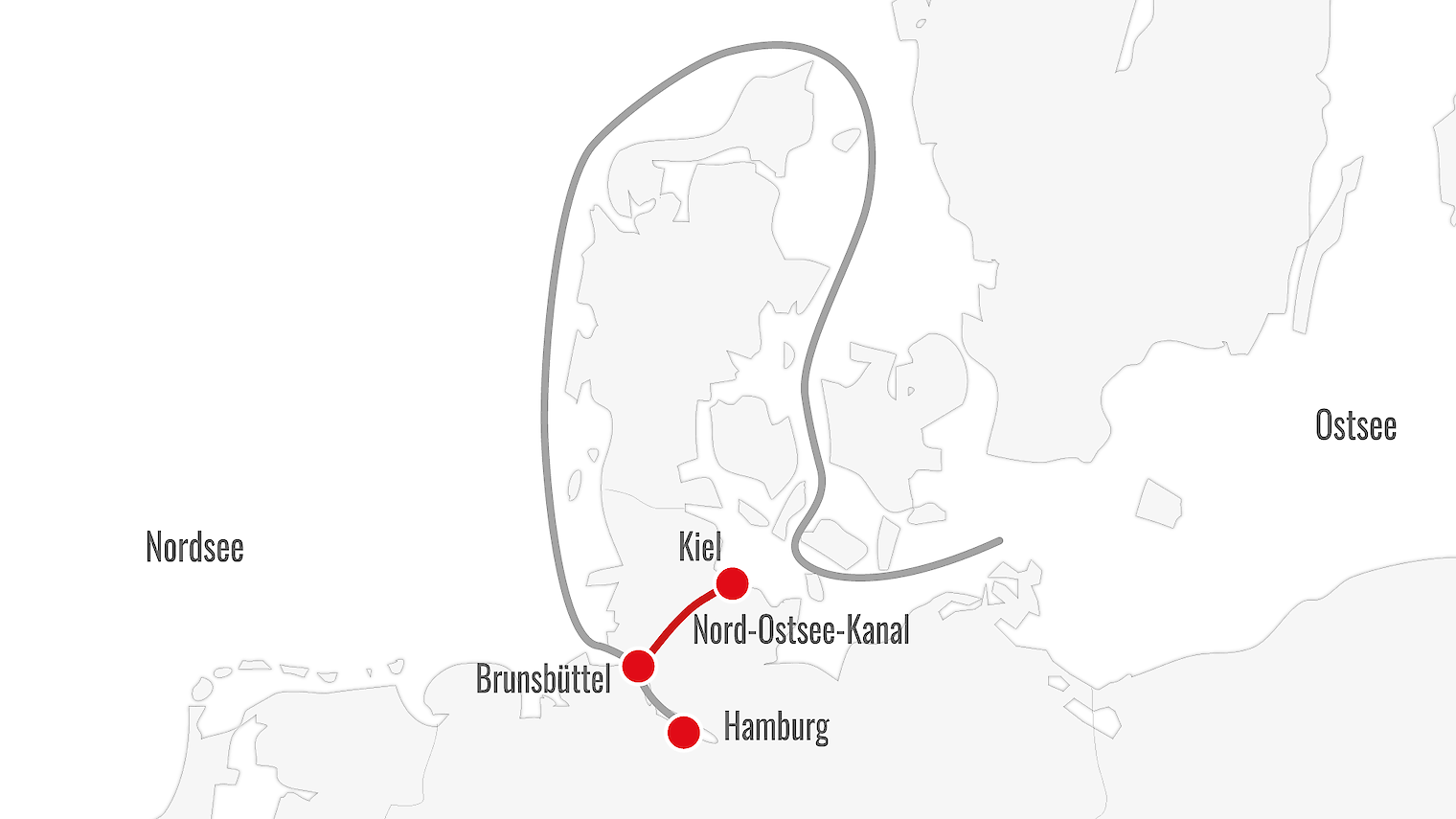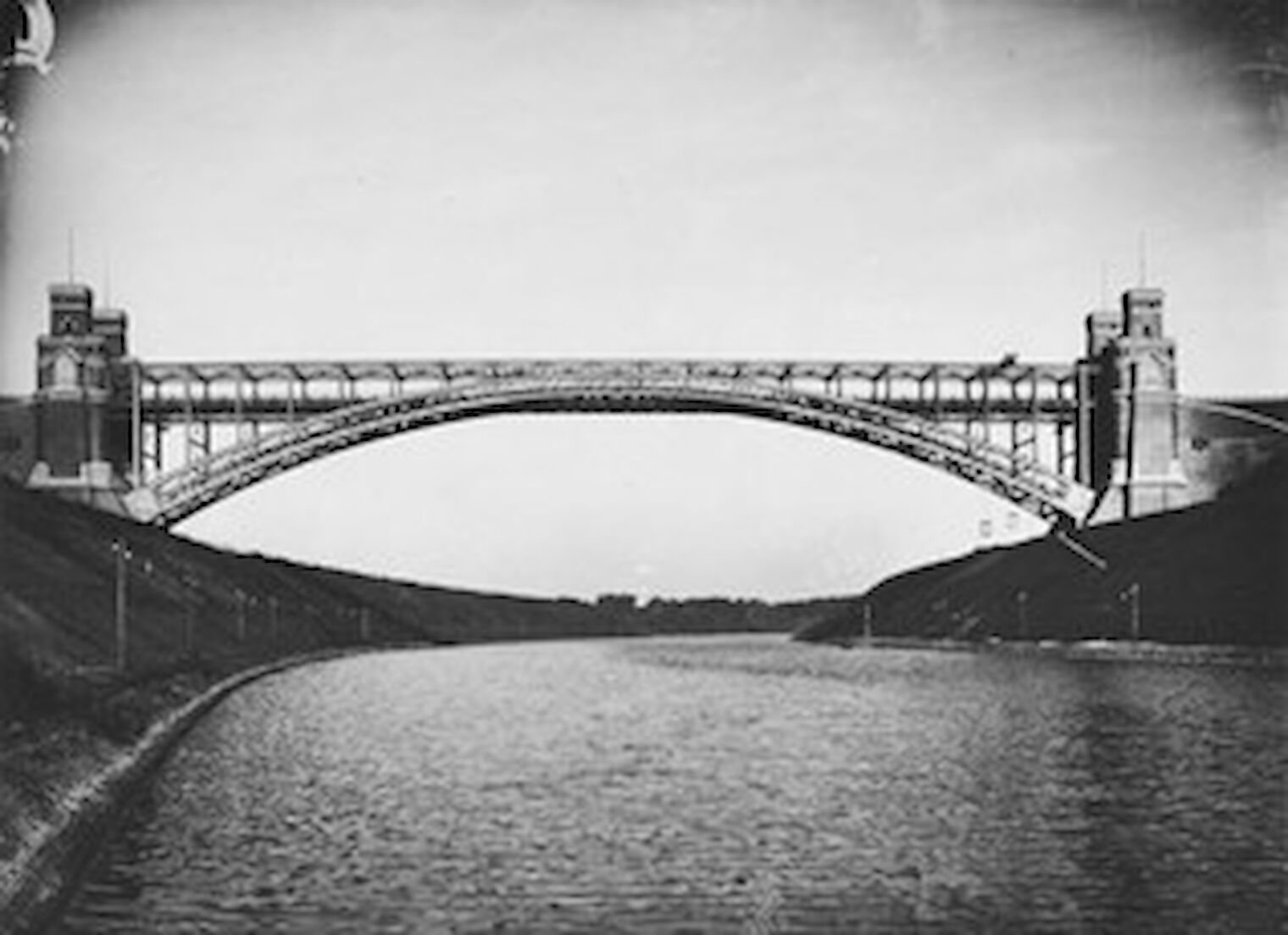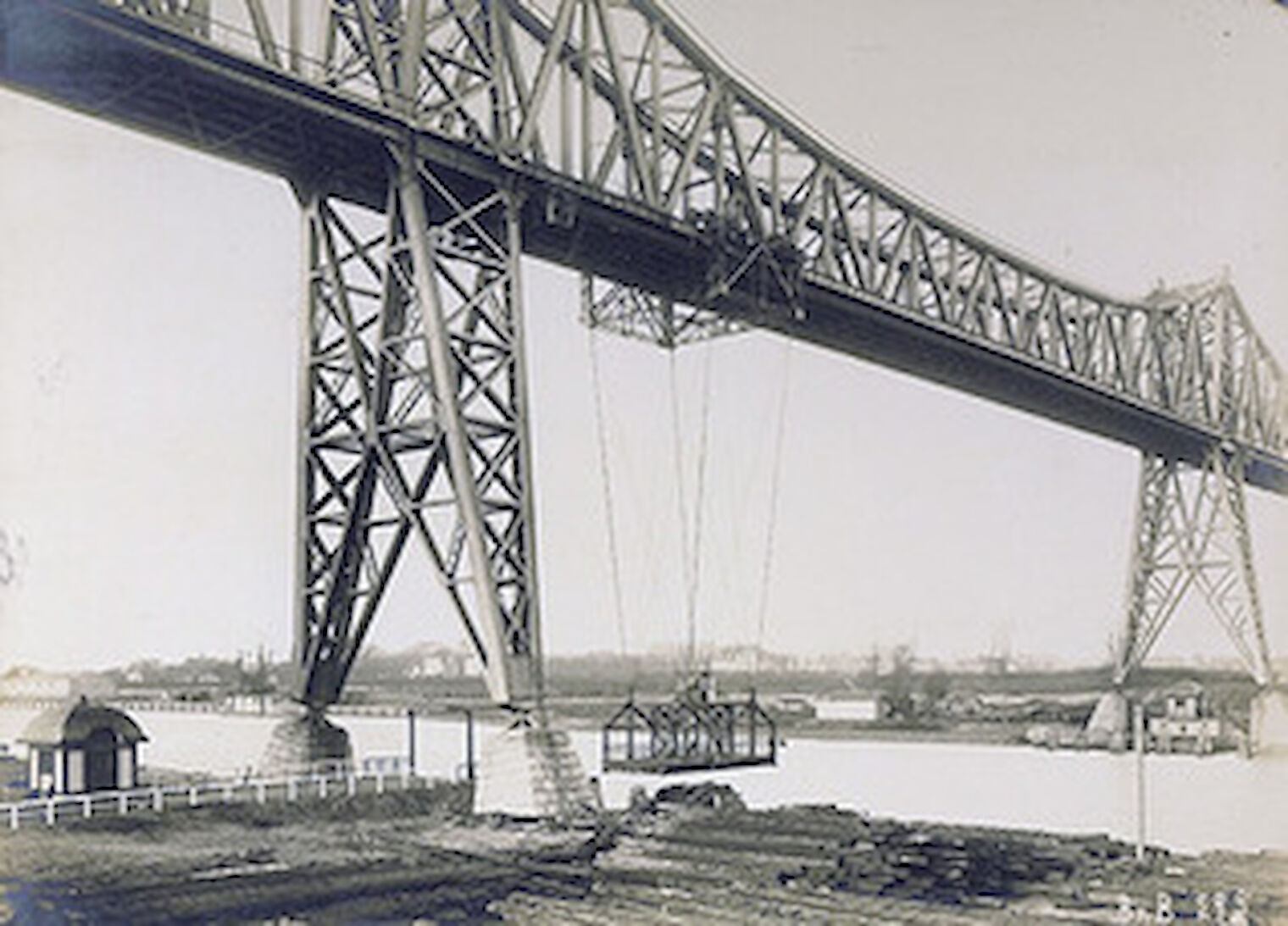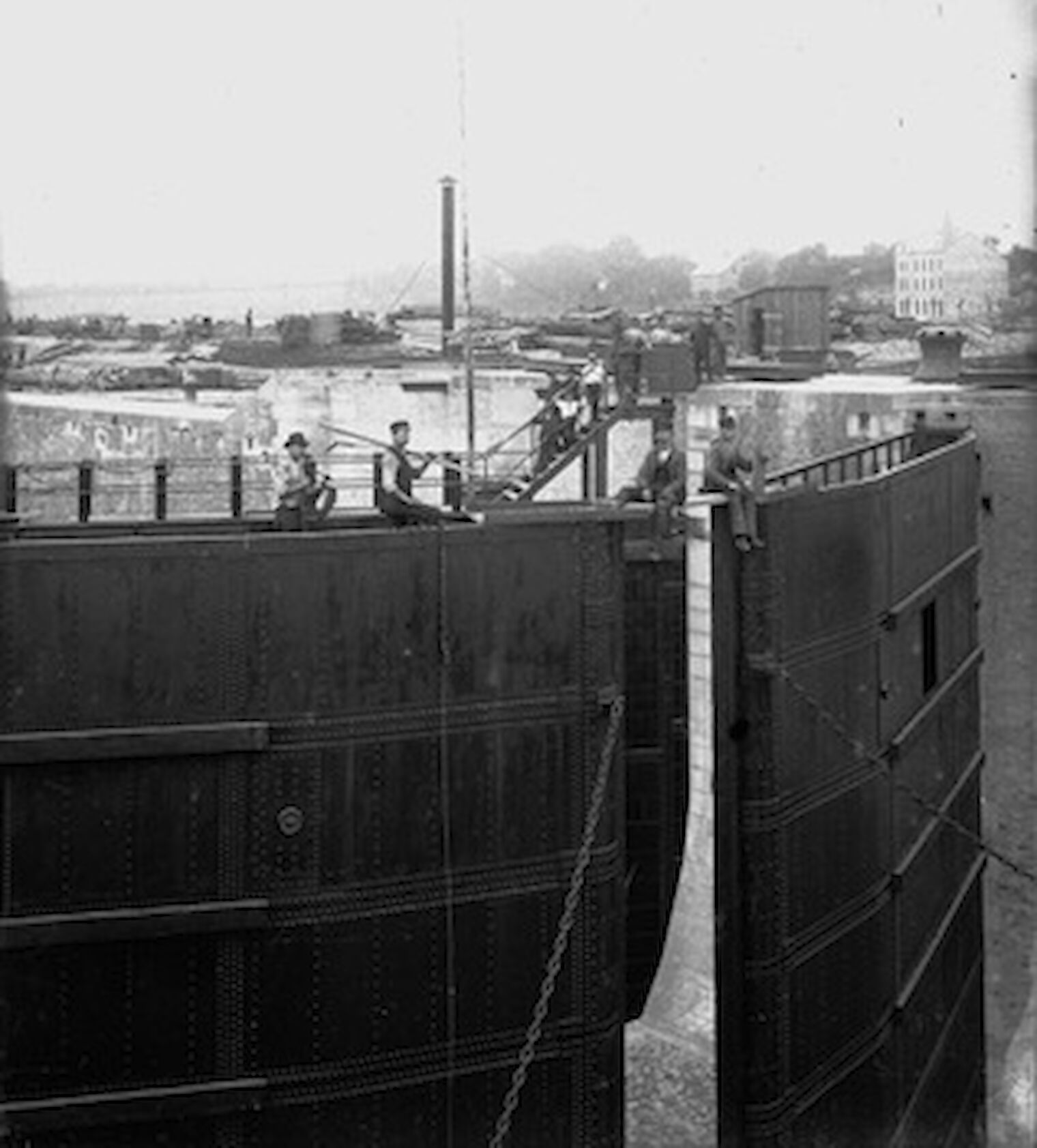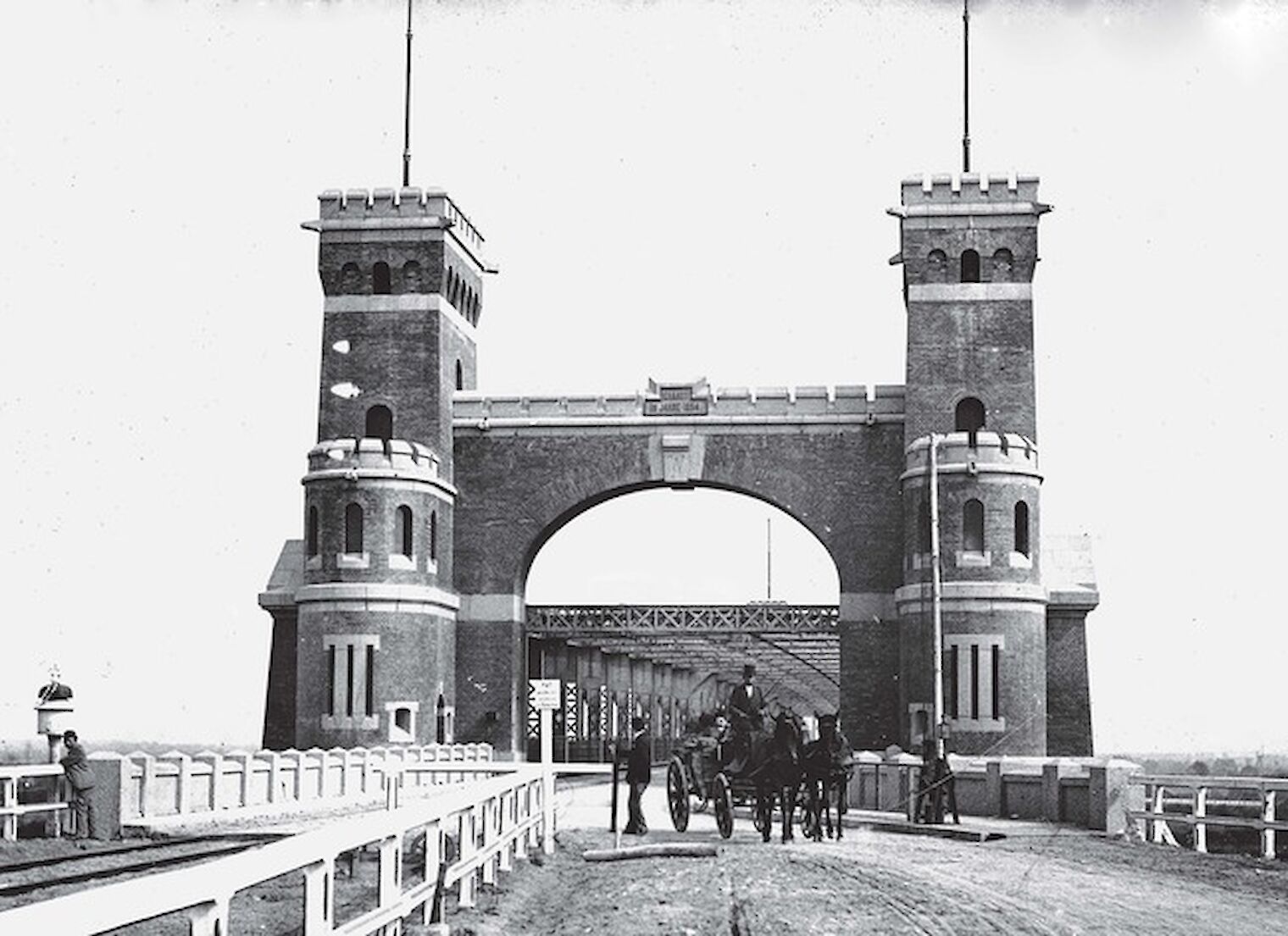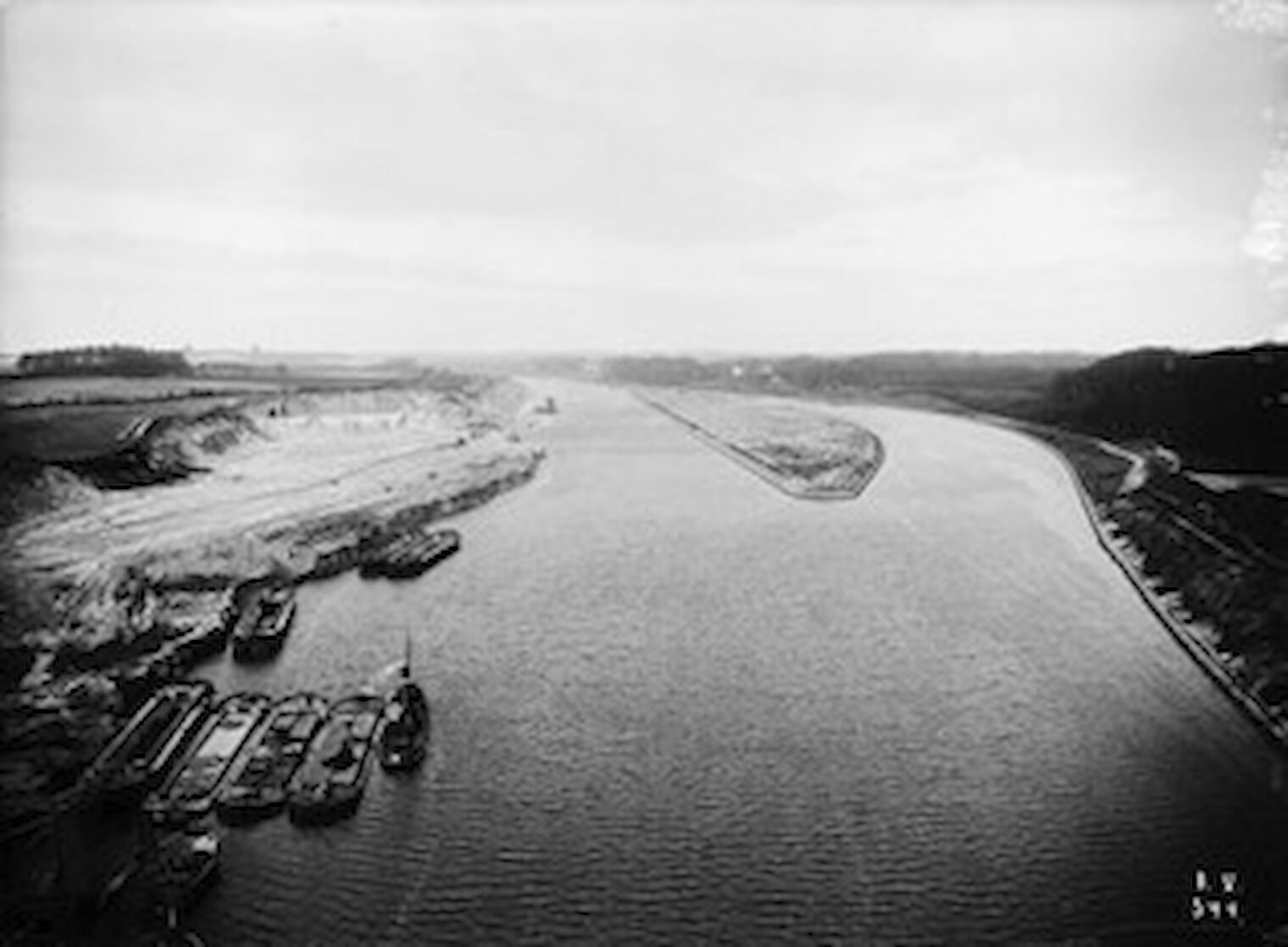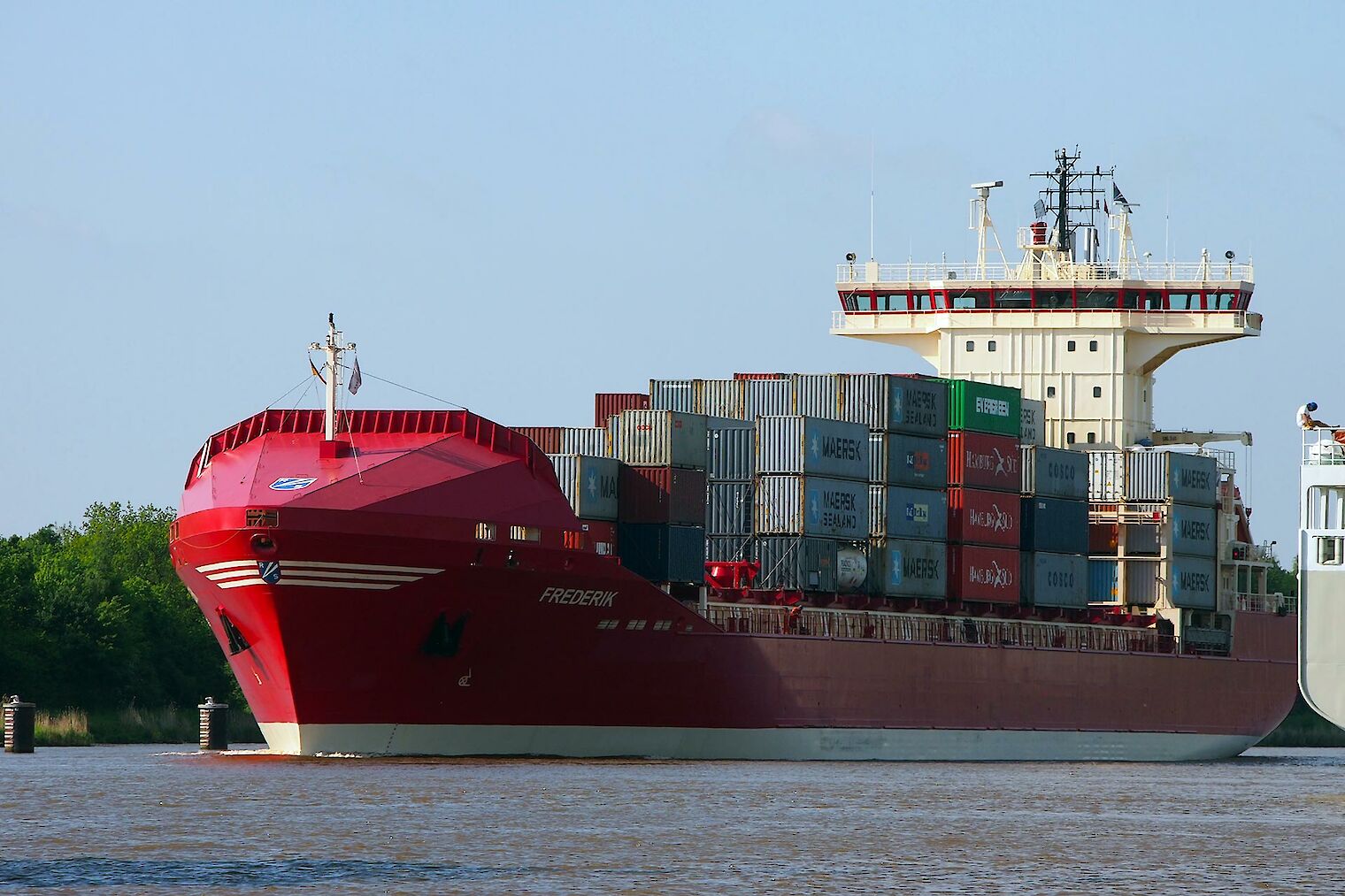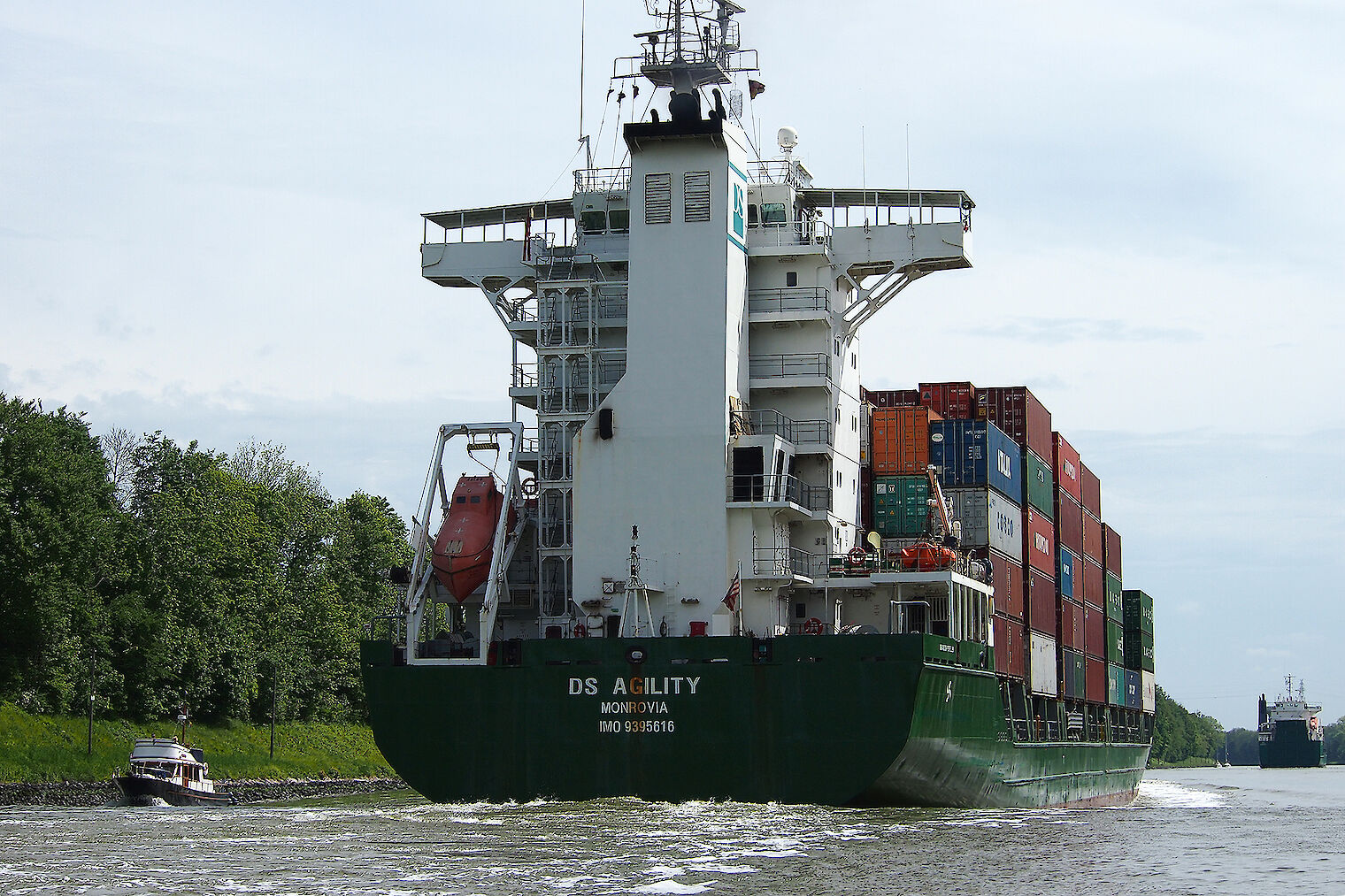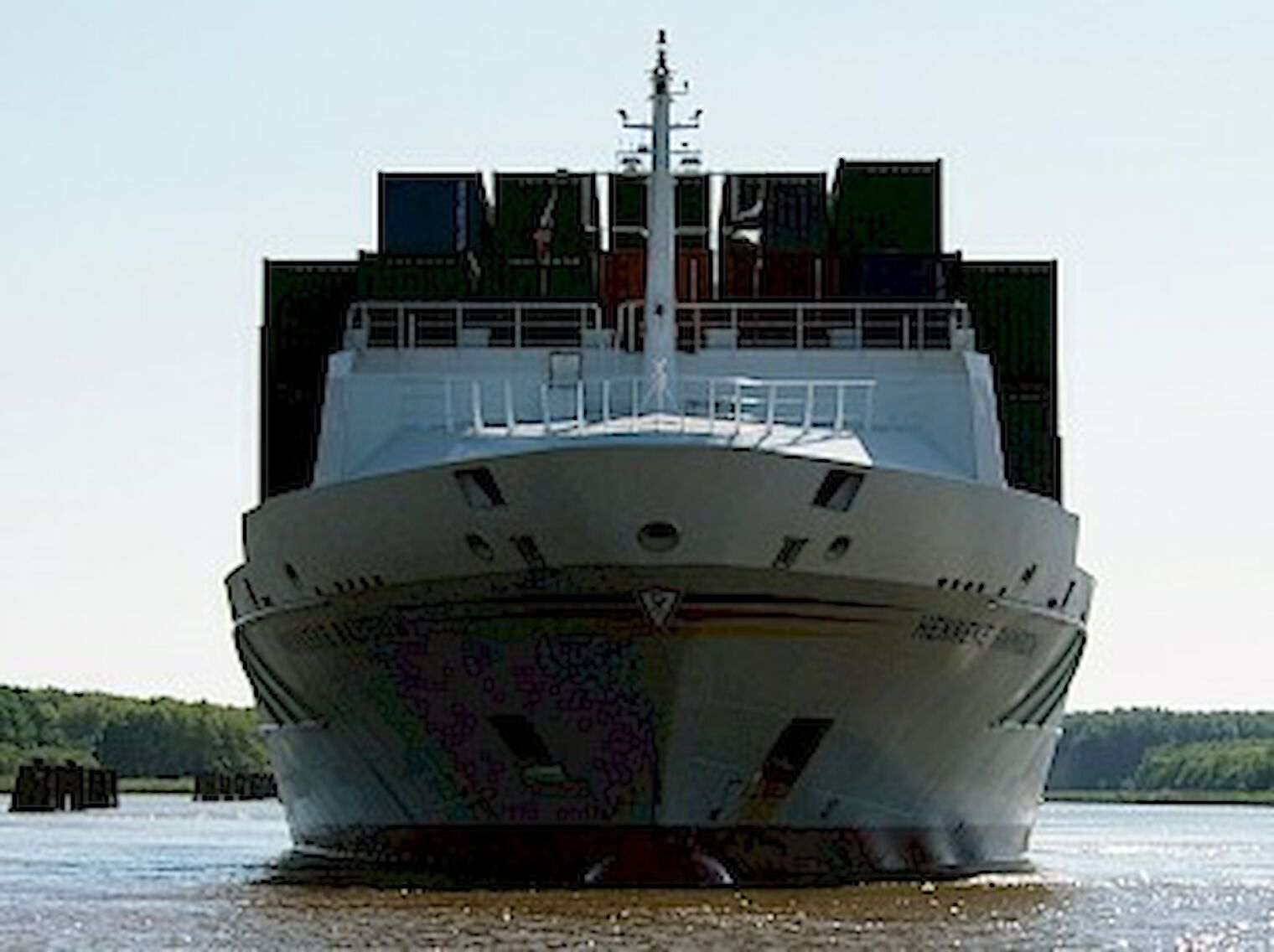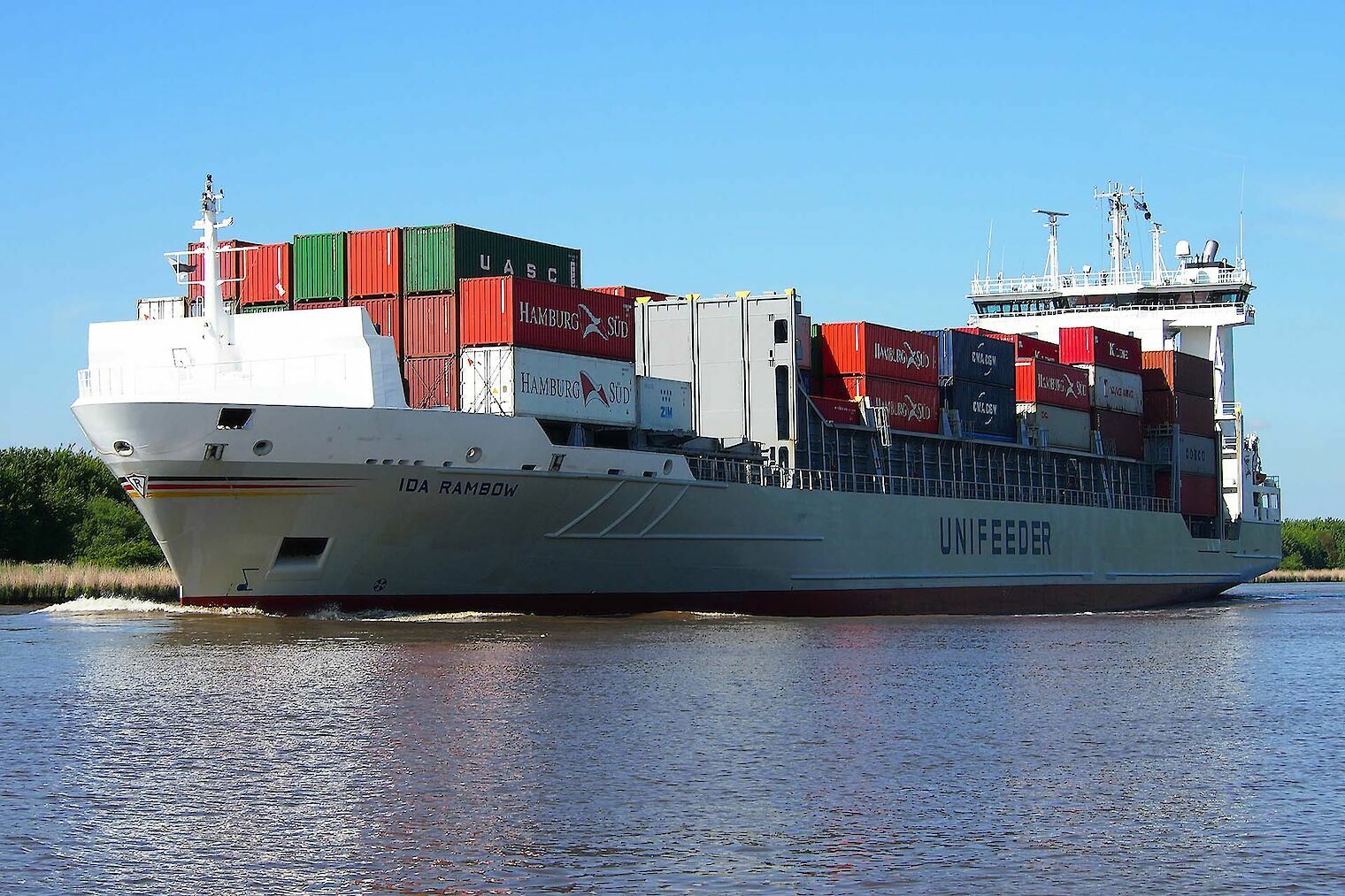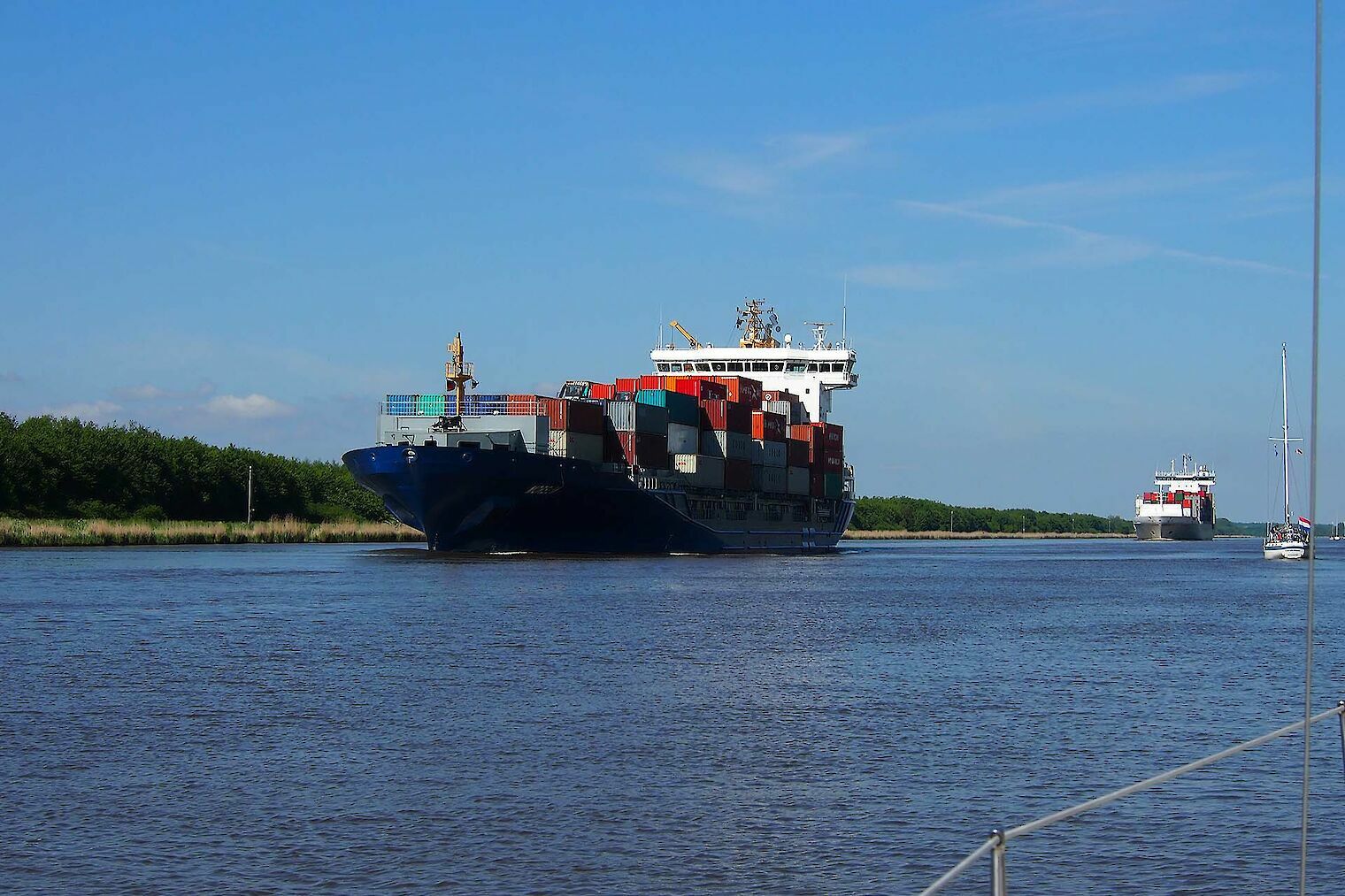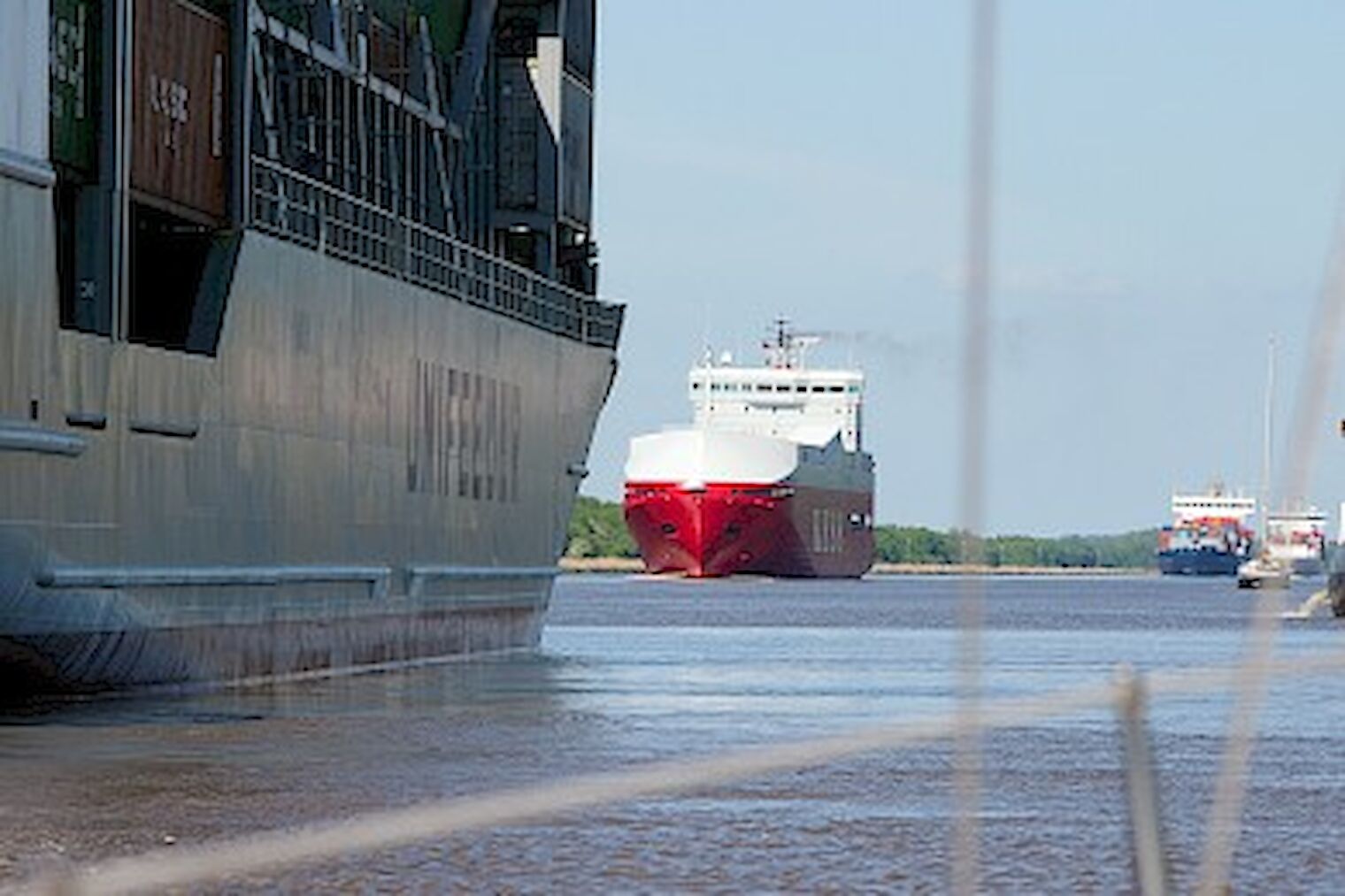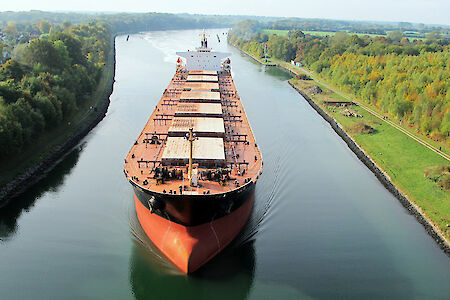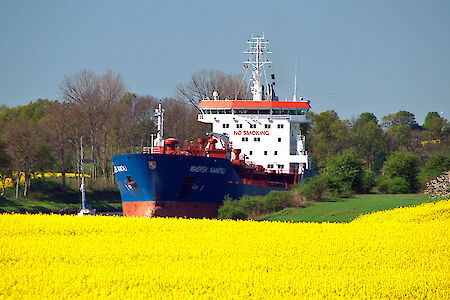125th Anniversary of the Kiel Canal
The Kiel Canal (German: Nord-Ostsee-Kanal; NOK) is the world’s most frequented artificial waterway. As the direct route between North Sea and Baltic Sea, it is of great importance to the Port of Hamburg: every third container handled here passes through the canal.
PORTtalk: 125 Years of Kiel Canal (German only)
30 Jul 2020Click this link to view a video from Vimeo. This might expose you to third party tracking. By clicking this link you agree to Vimeo's privacy policy. ▶
▶
Statistics and map
The Kiel Canal is indispensable for the Port of Hamburg
Due to its hub function, the Port of Hamburg is visited by many large ships from all parts of the world. The import and export cargo is then distributed regionally by feeder ships. For these, the Kiel Canal is the fastest and shortest route to the Baltic Sea region. Instead of the route via Skagen at the northernmost point of Denmark, the 100-kilometer-long canal passage saves about 650 kilometers.
In 2023, around 77 million tons of cargo were transported. In total, more than 26,000 ships used the Kiel Canal last year.
HHM / Jochen Wischhusen Today,the Kiel Canal is one of the most important artificial waterways in the world. Around 27 vessels pass it every year,including many feeder and cruise ships as well as barges. The canal has also become a popular destination for tourists and pleasure crafts. All of this was unimaginable just 125 years ago,when the so-called “Eider Canal” was still a labyrinth of various rivers and streams,making it unnavigable. In order to enable the imperial fleet to sail between North Sea and Baltic Sea without having to cross Danish territorial waters,German Emperor Wilhelm I and Imperial Chancellor Otto von Bismarck first decided to break through the isthmus between Brunsbüttel and Kiel-Holtenau and finally gave the go-ahead for the construction of a canal on June 3,1887. As many as 9 workers from all over Europe completed construction within eight years,so that the canal could be opened on June 21,1895. Emperor Wilhelm II,who was in office at the time,initially named it "Kaiser-Wilhelm-Kanal" in honor of his grandfather. A good 10 years after completion,however,the vessels of the Imperial Navy had become too large for the canal that was only 67 meters wide. Consequently,the width of the fairway was adjusted between 1907 and 1914. After the Second World War,the canal quickly developed into a major international transport artery. In 1948 it was finally renamed “Kiel Canal”. However,due to the increasing size of cargo and cruise ships,in 1966 the Kiel Canal faced the same problem as it had almost 50 years earlier-it was too small. The following second adjustment ultimately led to the canal we know now. The fairway was widened to 90 meters and the canal itself to 162 meters,making it about three times bigger than the original “Kaiser-Wilhelm-Kanal” 125 years prior. Over the years,the Kiel Canal has adapted to changing circumstances and demands. This is one reason why – even 125 years after its construction – the Kiel Canal is still Germany’s most important artificial waterway and indispensable to the Port of Hamburg.Histrory
The Kiel Canal:A project of the century

